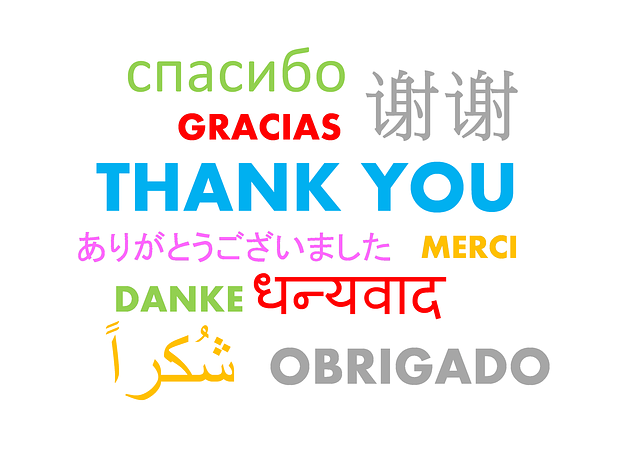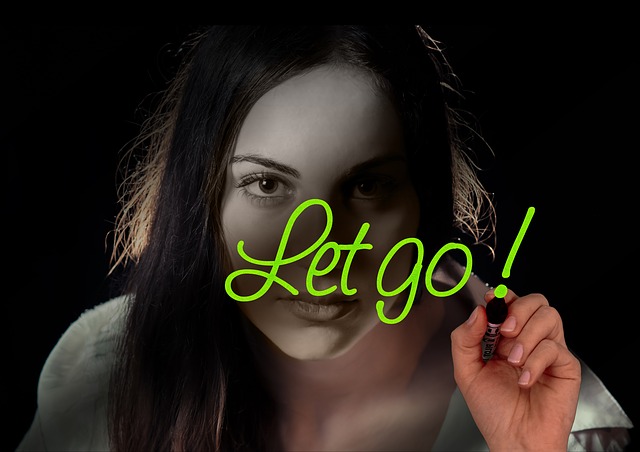So often we end up engaging in conversations that are based on assumptions that are never made explicit. Each party to the conversation assumes they know what the other person is thinking and feeling but does not make this assumption known to the other person. The result is a parallel conversation – a conversation lacking touchpoints, where both parties are on the same track, talking about the same things with open awareness about what they and the other person is thinking and feeling.
The catalyst for this reflection is a conversation between Paulo and Karla, his female companion, reported in Hippie, a biographical journey written by Paulo Coelho. The book is a fascinating revelation of Paulo’s early days before he became a famous writer (today he is the “most translated living author”, having sold in excess of 300 million books). In the reported conversation (pp. 178-181), Paulo and Karla each assume they know what the other is thinking and feeling and each withholds information that they could have shared to reach a common understanding (the withheld information is provided in italics as the hidden conversation going on inside each person). The net result of this parallel conversation is reported by Paulo in the following words:
They were, yet again, travelling in opposite directions, no matter how hard they tried to reach one another.
Being aware of your assumptions, thoughts and feelings
I find so often, that I am working off assumptions that subsequently prove to be wrong or, at least, inaccurate. This seems to become a more regular habit the longer you are in a relationship – you tend to assume that you already know what the other person is thinking and feeling, because much of your conversation is based on intuition and a lot of communication is unspoken – a nod, a smile, a shake of the head, a wave of the arms.
The starting point for avoiding parallel conversations is to become more aware of what is going on for you in the process of the conversation – becoming aware of your assumptions, thoughts and feelings. Assumptions can create a divide and unspoken thoughts and unexpressed feelings tend to precipitate assumptions by the other person who is a party to the conversation.
Reflecting on a conversation after it occurs can help to increase your awareness of your assumptions, thoughts and feelings, together with the impact they have on your relationship. Reflecting in the process of communicating (reflection-in-action), is more powerful but is an acquired skill and demands that you are fully present in the moment of the conversation.
In Western society, we have developed our thinking capacity to a very high degree, and we are continuously consumed by our thoughts – engaging in planning, analysing, evaluating, critiquing, justifying, summarising, synthesizing and comparing. The cost of spending so much time in thinking, is that we lose touch with our present reality or as Jon Kabat-Zinn points out, we lose the art of “being present”.
Sharing your assumptions, thoughts and feelings
While we continue to withhold our assumptions, thoughts and feelings, we are opening ourselves to the potential negative effects of parallel conversations – misunderstandings, resentment, time-wasting, energy-sapping interactions, disconnection and depression.
Through reflection on a conversation, we can become more aware of what was occurring for us in the conversation – what assumptions, thoughts and feelings we brought to the conversation. This growing awareness increases our capacity to share what is occurring for us and thus build the relationship rather than damage it. By practising this reflection-on-action (the conversation), we can progressively develop reflection-in-action (during the conversation), enabling us to share on-the-spot, our assumptions, thoughts and feelings.
As we grow in mindfulness through reflection and meditation, we can increase our awareness of our assumptions, thoughts and feelings and their impacts on our conversations and relationships. We can develop the capacity to be more fully present in a conversation and share what is going on for us rather than withholding information about our assumptions, thoughts and feelings.
____________________________________________
Image source: courtesy of MabelAmber on Pixabay
By Ron Passfield – Copyright (Creative Commons license, Attribution–Non Commercial–No Derivatives)
Disclosure: If you purchase a product through this site, I may earn a commission which will help to pay for the site, the associated Meetup group and the resources to support the blog.









